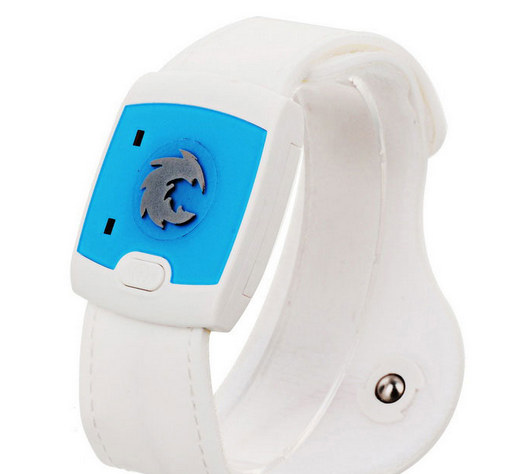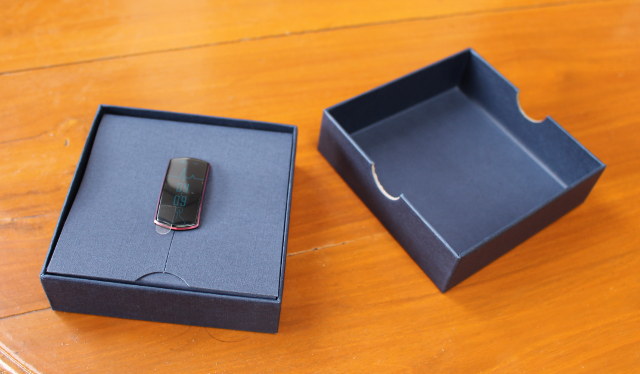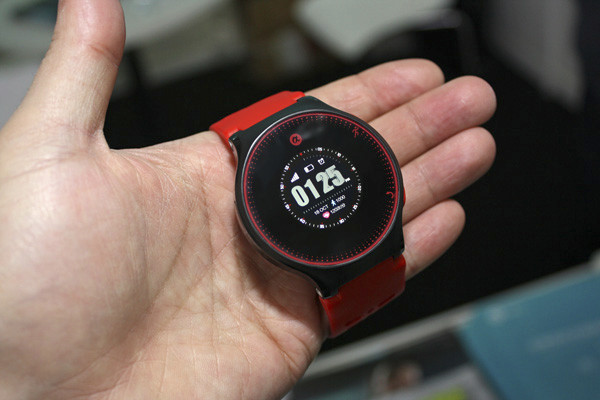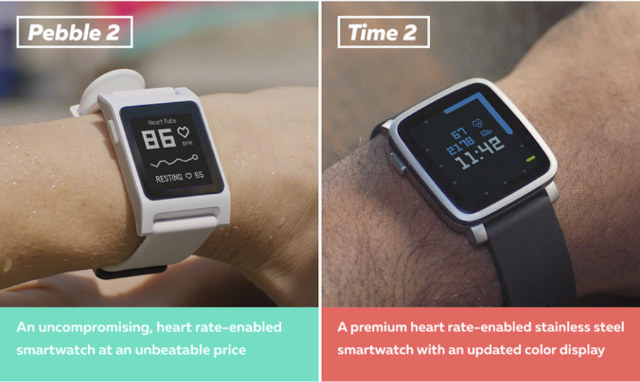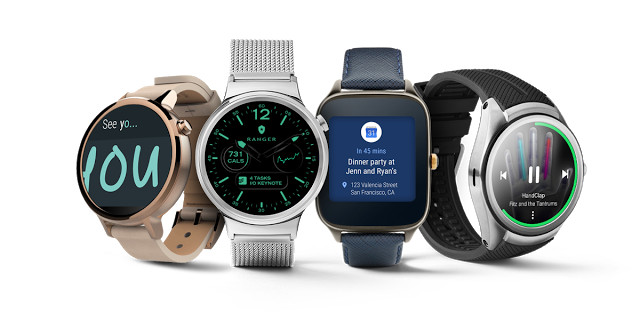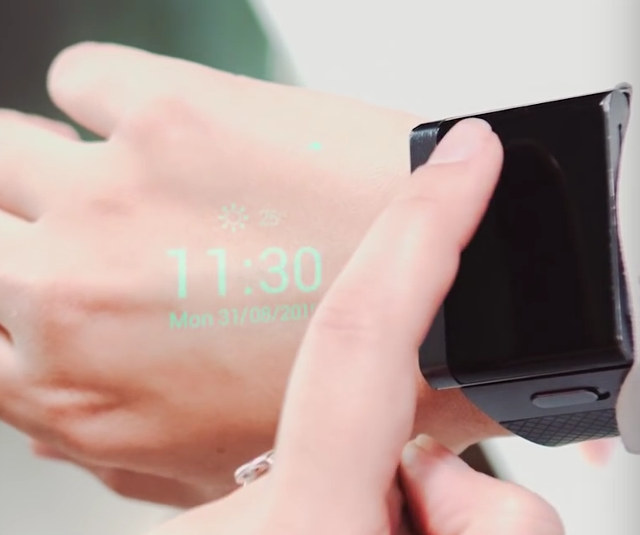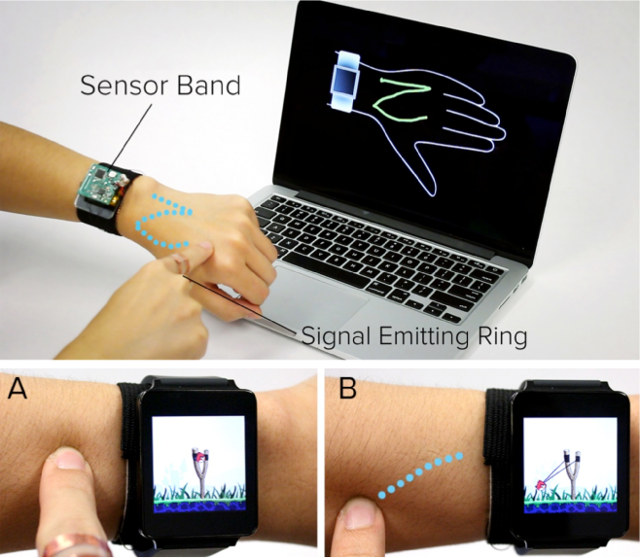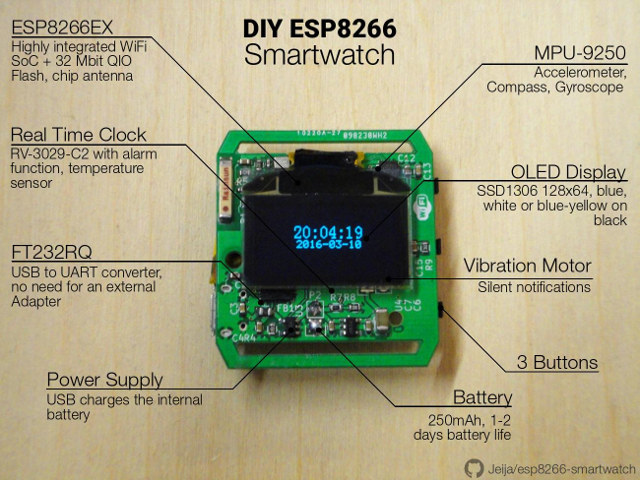With electronics getting cheaper and smaller everyday, I’m expecting medical diagnostic / monitoring tools with become more convenient and affordable, and products from the more advanced Scanadu, to much simpler Bluetooth blood pressure monitors will help people better monitor their health themselves. I’ll also getting frequent request about the availability of soon-to-be FDA approved Omron Project Zero blood pressure smartwatch. Today I’ve come across a simple $16.51 Bluetooth Smart bracelet that could be useful to monitor the temperature of sick babies or very young children. Technical specifications: Connectivity – Bluetooth 4.0 LE with up 18 meters range Sensor – Temperature between 32 and 43 degree Celsius with -/+ 0.1 deg. accuracy Smartphone compatibility – Android 4.3+ or IOS 7.0+ Functions – Thermometer; Temperature Alarm; Medical Records; Health Management, Cloud Backup. Power Supply – CR2032 battery Wristband Length – 14~19cm Weight – 19 g The band must be worn in such as […]
Energympro EP-SH09 Bluetooth LE Fitness Tracker Features AMS AS7000 Biosensor
I wrote about AMS AS7000 biosensor designed for heart rate monitors last fall, and one of my regular reader noticed the sensor, made his company evaluate it, and since the results were pretty good, designed a product with it. And here I am with a sample of Energympro EP-SH09 fitness tracker with an OLED display, HRM based on AS7000 sensor, and IP67 ingress protection rating. Some of Energympro EP-SH09 technical specifications: MCU – Texas Instruments CC2640 ARM Cortex-M3 48 MHz Display – 0.86″ OLED display, 96×32 resolution Connectivity – Bluetooth 4.0 LE Input – Touch area at the bottom of the display Sensors – AMS AS7000 biosensor for HRM, motion sensors Battery – 45 mAh LiPo battery which looks good for 4 to 5 days. Dimensions – 40 x 18 x 12.9 mm Weight – 6 grams Ingress Protection Rating – IP67 The device can pair with smartphone using Smart […]
Shenzhen Alpha M009 Smartwatch is Powered by Mediatek MT2503 SoC with Integrated Bluetooth, GSM Modem, and GPS
Mediatek MT2502 “Aster” SoC for wearables and IoT was released in 2014 with an ARM7 MCU, built-in Bluetooth, PMIC, and GSM/GPRS modem, and support for external WiFi and GPS chips. The upcoming MT2503 integrates functionality even further as GPS is now embedded inside the SoC, and Shenzhen Alpha Telecom Technology demonstrated their M009 smartwatch based on the latest Mediatek SoC at CES Asia 2016 in Shanghai. M009 smartwatch specifications: SoC – Mediatek MT2503 ARM7 processor with GSM/GPRS modem, Bluetooth 3.0 + EDR 2.1, GPS (MT3333), PMIC Display – 1.22″ or 1.3″ 240×240 resolution TFT display Cellular Connectivity – SIM card Sensors – HRM, pressure sensor Misc – 2x buttons Dimensions – 36 x 32 x 11 mm There will be two version of the processor MT2503A and MT2503D with the former supporting external serial flash. If you’d like to integrate a ready to use module in your design, ATS Link provides […]
Pebble 2 & Time 2 Smartwatches, and Pebble Core for Runners and Hackers Launched on Kickstarter
Pebble launched one of the first smartwatches in 2012, and is now one of the most famous name for wearables. The company has now launched another crowdfunding campaign for three wearables: Pebble 2 & Time 2 watches, and Pebble Core which can be either be used as a fitness tracker for runner, or by hardware hacker to play with IoT apps. Pebble 2 and Time 2 can receive notifications from your Android or iOS smartphone, include a built-in HRM for activity tracking, and a microphone for voice record and SMS, and are waterproof of up to 30 meters. To me the two key features of Pebble wearables are always-on displays, and long battery life, and the two new watches have a black & white (Pebble 2) or color (Time 2) always-on display, and up to one week of battery life for Pebble 2, and 10 days for Time 2. Pebble […]
Android Wear 2.0 Developer Preview Release
Google I/O 2016 has started, and among several announcements, Google released Android Wear 2.0 develop preview which according to the company is the “most significant update” since the launch of Android Wear two years ago. Some noticeable changes include: Standalone apps – Android Wear apps can now access the Internet directly over Bluetooth, Wi-Fi, or cellular, without relying on a paired smartphone or tablet. New system UI – New notification design and app launcher, as well as a new watch face picker. Material design for wearables Keyboard and handwriting input methods added Google Fit platform – Improvements to the Google Fit platform make it easier to app developers to use fitness data and detect activity. Android N Support – Data Saver, Java 8 Lambda support, emojis, etc… A new Complication API has also been added to display small pieces of information directly on the watch face. Preview images for LGE Watch […]
Asu Cast One Android Smartwatch Features a Projector and Touch Panel
Smartwatches and wearables in general have to main implementations for the user interfaces, either using a display and physical button, or a touch screen display. Asu Cast 1 changed all that, as they removed the display, using a touch panel (no screen) combined with a projector, using your hand or other surfaces. Asu Cast One smartwatch projector specifications: SoC – Qualcomm Snapdragon 400 (APQ8026) processor @ 1.2 GHz System Memory – 768 MB RAM Storage – 4GB flash Projector – 1280 x 600 resolution, 15 lumens brightness (equivalent to 100 lumens DLP projectors), “screen” size: 2″ to 60″. Touch panel – Multi-touch Connectivity – WiFi and Bluetooth Sensors – Gravity sensor and gyroscope Battery – 740 mAh battery Dimensions – 50 x 41 x 14.6 mm Weight – 65.9 grams The thing runs a heavily customized version of Android 5.1, and supports DLNA, Miracast and Airplay. The company did not disclose […]
SkinTrack Controls Your Smartwatch with Gestures on Your Skin or Clothes
A group of researchers of the Future Interface Group, Carnegie Mellon University in the US, has worked on SkinTrack technology which enables continuous touch tracking on the skin by using a ring emitting high frequency AC signal, and a sensing wristband with multiple electrodes. They’ve created sensor band and ring prototypes to demonstrate the technology. The ring includes an oscillator that generated a 80Mhz sine wave at 1.2Vpp. It consumes 7mA during operating meaning that they could get 15 hours out of the 100 mAh battery used in the prototype. The wristband features four pair of electrodes coupled with AD8302 RF/IF gain and phase comparator chips in order to derive X and Y coordinates from the phase of the signal. The sensing board produces eight analog values which are sampled by Atmel ATMega328 microcontroller’s 10-bit ADC inputs, and transmitted to the watch using a Nordic NRF8001 Bluetooth Low Energy (BLE) […]
Learn How to Build Your Own Open Source Hardware ESP8266 Smartwatch
ESP8266 might be the cheapest WiFi SoC for IoT application available, but it’s not really renowned for its power efficiency, and is often not considered the best choice for battery powered applications. This has not stopped Jeifa from developing a WiFi smartwatch based on the chip, and the 250 mAh battery used in the design is said to be good enough for 1 or 2 days of operation on a charge. Main components of Jeija’s ESP8266 smartwatch: SoC – Espressif ESP8266 with 32Mbit of flash memory Display – SSD1306 OLED Display, 128×64 resolution Connectivity – 802.11 b/g/n WiFi (via ESP8266) Sensor – Invensense MPU-9250 gyroscope, accelerometer, and compass Debugging / Programming – FT232RQ for USB communication Misc RV-3029-C2 Real Time Clock with alarm function, and temperature sensor 3x user buttons Vibration Motor Power 250mAh LiPo battery MCP73831 LiPo charger Dimensions – 35 x 39 x 11mm (board) He designed the […]


